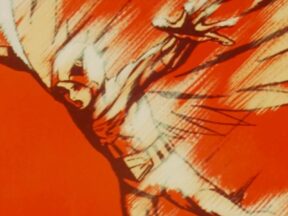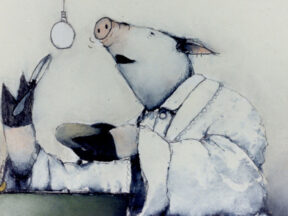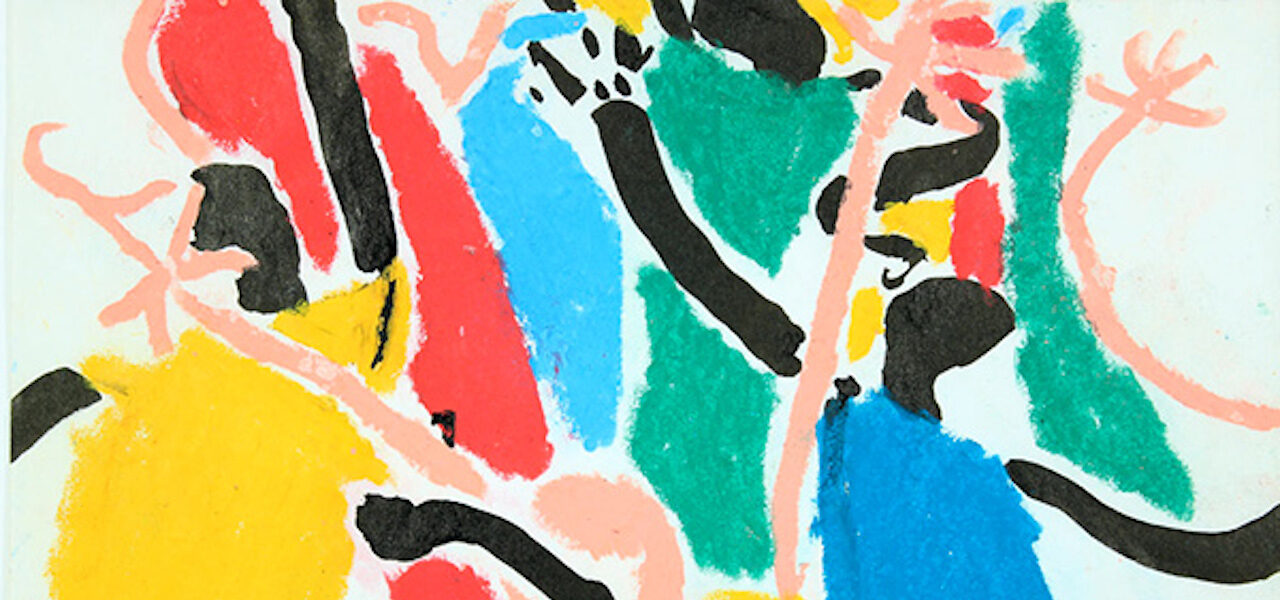
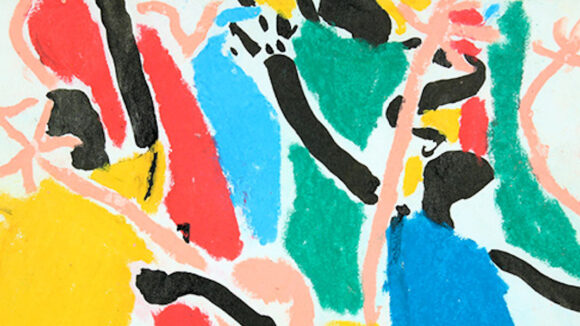
The Animation That Changed Me: Joanna Quinn on ‘Carnival’
Joanna Quinn joins us for this week’s edition of The Animation That Changed Me, a series in which leading filmmakers and industry artists discuss one work of animation that deeply influenced them.
Since her debut film Girl’s Night Out, which won three prizes at Annecy in 1987, Quinn has remained a major presence on the indie animation scene. Her shorts, which include Famous Fred, The Wife of Bath, and Britannia, have earned multiple Baftas and Emmys, and two Oscar nominations; her new film Affairs of the Art is due out later this year.
Her choice is Susan Young’s 1985 graduation short Carnival. The film evokes London’s famed Notting Hill Carnival, which is led by the city’s West Indian community. Quinn tells us below why she chose this film:

The first time I saw Carnival is etched into my mind. It was at the award ceremony of the Thames Television travel bursary. Susan Young and I had both received a bursary. When I saw Carnival at the ceremony, I was utterly gobsmacked. My work was some photos, a bit of animation of some fish, some Super 8 movies — nothing major. Then I saw Susan’s film and I thought, “Oh my god, that’s what I should have done: something massive and brilliant!”
The film was so full of life: beautiful loose lines. She was so free and easy with it, and the color… I saw similarities with the way I like to work in it. I liked the fact that there were hardly any backgrounds — it was just a simple black line with spots of color. That was really good for me to see, because I’m actually quite conservative, quite stuck in reality. I did a lot of life drawing and always wanted to make sure I did perfect drawings. So seeing Susan’s work was very liberating, because I realized you don’t need to show everything. Your imagination fills in the gaps.
It was also the first time I’d seen music and animation glued together so well. I love the track by Carl Washington.
I was struck by how contemporary the film was. It was set in the present day and about things that were very of the time. At that time, I hadn’t seen any contemporary animation. I didn’t really know where to see it: there was no internet and I’d never been to a film festival — I’m not even sure I knew they existed. I was on a graphic design course [at the U.K.’s Middlesex Polytechnic, now Middlesex University], and the only student on my course doing animation. I was very isolated.
Watch “Carnival” below:
So when I saw Susan’s film, the thing that really excited me was that she’d used animation to say something about society at that time. Within the film, she’s got images of British police being very brutal. People dancing and enjoying themselves, then being beaten. There’s one bit where two people with Union Jacks on their chests are whipping people, which I suppose is a reference to slavery. What on the surface seems like a film about the carnival is actually full of wonderful contemporary political stuff.
Not that I’ve thought about this very specifically, but I suppose Britannia is the film of mine that’s closest to Carnival. Because of the lack of backgrounds, the lack of dialogue, the politics. Mine has limited use of color, because I’m not a big user of color. But I think the simplicity and fluidity of her lines did influence me, especially in that film.
When I give talks and show my work, I do frame-by-frame [analysis] and show some of the in-betweens in Britannia. Those in-betweens hardly look like anything, because they’re just movement, just mushy lines. And I think that fluidity came a lot from seeing Carnival, and what you can get away with.
You don’t have to show the whole form all the time. By keeping the line loose, as long as you don’t deform the shape of the character for too long, you’re all right. Susan’s characters stretch and shrink and change shape — like her square policemen, with little spindly arms. Their form changes all the time, but they’re still policemen. You still recognize them as the characters.
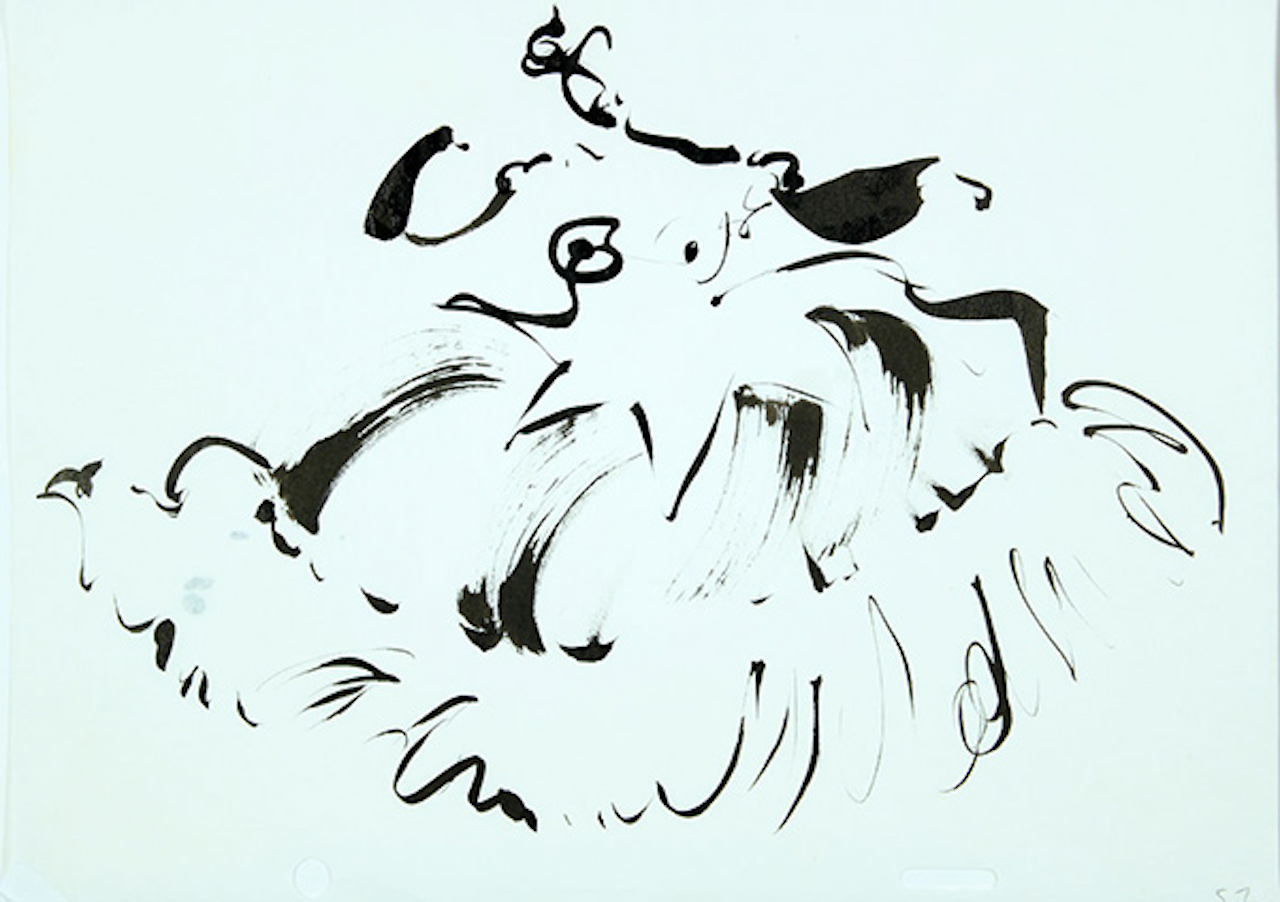

I don’t make a point of rewatching the film often, but I do show it to students to inspire them. I think, sometimes, a lot of students get bogged down with technology, and showing them something like Carnival is a great freer-upper. It reminds you what you can do with a piece of paper and some ink and color.
I think I was a little bit in awe of Susan Young [in 1985]. She was a bit of an animation rock ‘n’ roll legend at the time. I met her on the night of the awards and congratulated her like a fan — I said what a bloody brilliant film it was. She was soooo coooool, and very confident. Probably five years ago, I met her again and was all humble. She went, “I remember you! Who are you again?” No, she didn’t say that! Actually, I think she did.
Quinn’s comments were edited from a longer interview.

.png)
